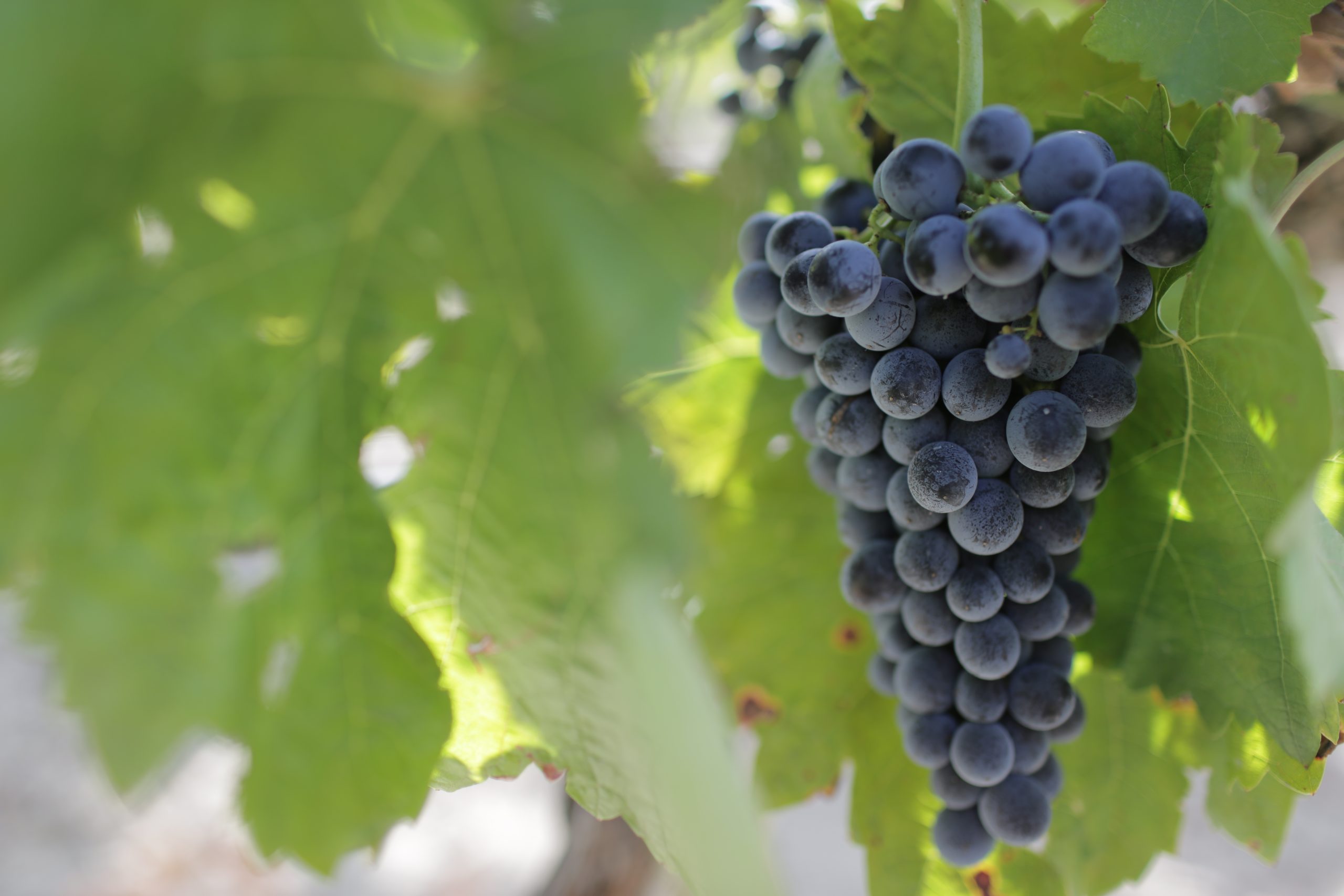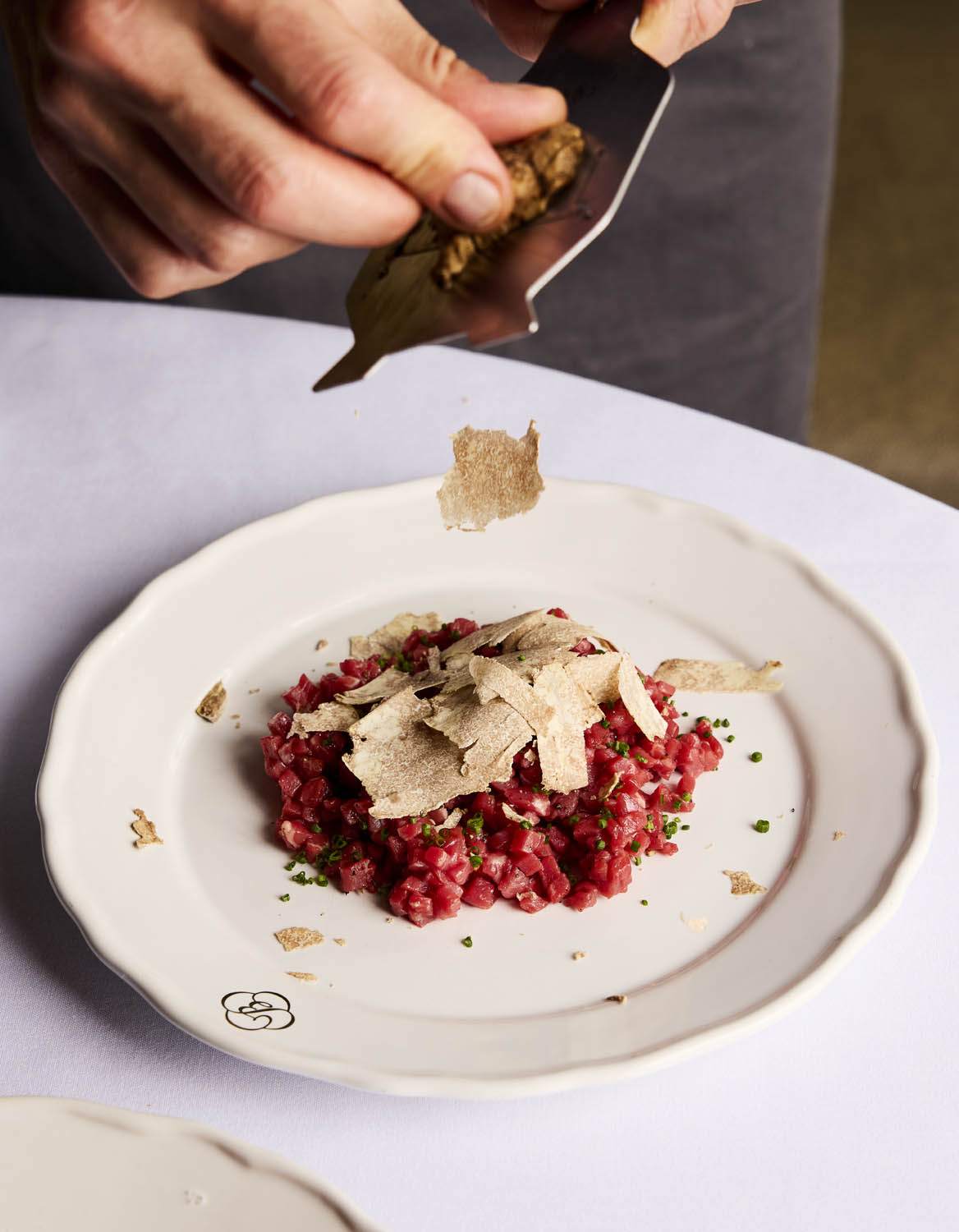Sicilia DOC showcases immense diversity of one island
Sicilia DOC is moving Sicily beyond its bulk wine history, with native grapes and sustainable farming doing justice to its diverse landscape.

The humble shopping list, when in Sicily, can be a thing of beauty. From blood oranges to artichokes to gamberi rossi di Sicilia (red prawns), the island is home to some of Italy’s finest produce. As Italian wine expert Filippo Bartolotta comments: “Everything grows in Sicily. It’s not just grapes, citrus and olives; it’s papaya, avocado, dragon fruit and kiwi.”
The island’s diversity and natural bounty were key themes for Patrick Schmitt MW’s recent London masterclass exploring Sicilian wine. Sometimes described as “a viticultural continent”, Sicily is varied in geography, rich in history and blessed with the right conditions for making highquality wine. Even on one island, the possibilities are immense.
The island-wide denomination, Sicilia DOC, was formed in 2011 to promote those possibilities. Recognising the diversity of Sicily, it allows for a wide range of grape varieties across hugely varied sites, including eight smaller DOCs. It currently covers close to 100,000 hectares (around a quarter of Sicily) and produces around 96 million bottles of wine each year. Although accepting a wide variety of styles, the DOC has stringent quality control measures, including chemical analysis and blind tasting, to build the island’s brand.
With such a broad remit in the DOC, Schmitt had plenty of ground to cover in a single masterclass. Yet, as he explored the wines and their market appeal, the sponsored profile same themes kept recurring. Sicilia DOC’s current success is a long-term achievement, produced from a compelling combination of geography, history and market-savvy in the middle of the Mediterranean.
Natural abundance
Sicily’s incredible biodiversity, edible or otherwise, is a result of its unique geography. It is situated on the point where the African and Eurasian tectonic plates meet, with the African plate continually forced down into the Earth’s mantle. The tectonic activity, stretching from millions of years ago right through to the present, has informed the geography that makes Sicily so unique. The Mediterranean influence, variations in altitude and complex geology all create the diverse conditions of the island, and facilitate its immense diversity.
Most obviously, Sicily’s famous volcanic activity continues to this day. Mount Etna, has grown over the course of millions of years, with layers of volcanic rock raising it from a submarine volcano to a peak of more than 3,000 metres. That altitude varies the viticultural landscape considerably, while the volcanic geology provides diverse, often free-draining soils. Even when not volcanic, the plate boundary has a profound impact: Sicily’s northern mountains are part of the Apennine range, the peaks of which run the length of Italy, formed by the subduction of the Adriatic microplate.
The other obvious geographical influence, the Mediterranean Sea, was likewise formed by the Earth’s plates shifting. The movement of the African plate towards the Eurasian plate created a sheltered sea, which moderates the climate. The island’s southern tip is, after all, as far south as Tunis. Furthermore, the Mediterranean Sea has dramatically changed its soils. Around 6m years ago, the sea was cut off from the Atlantic, only to be suddenly reflooded 600,000 years later. The immense flow of water, peaking at 100m cubic metres per second, deposited sediment all over the basin, further varying Sicily’s topography and soils.

These factors have, in fact, created several Sicilys rather than just one. The island is extremely heterogeneous, but can be subdivided into approximate climate zones. The lower coastal areas have a mild and consistent climate, reaching around 500mm of rainfall each year, while the mountainous zones have a broader range of conditions, with temperatures varying from 0°C–25°C through the seasons. Flatter inland areas can be hot and humid, while dominant Etna is warm and relatively wet (1,000mm of rain), but with cooler northern slopes. The climates provide great diversity even before considering the soils that vary dramatically across the island, providing producers with further distinctions in their terroirs.
A Storied Wine Region
There should be no surprise, then, that Sicily has been a site for viticulture since ancient times. Archaeological evidence suggests that wild grapes thrived on the island alongside its first inhabitants. Even Stone Age remains found on the island contain grape seeds. Sicily’s natural abundance even gets a mention in Homer’s Odyssey, believed to have been written in the 8th century BC. On the island, the Cyclops Polyphemus is said to make wine from the natural, untrained vines that proliferate.
The ancient Greeks developed the island and are believed to have cultivated its first vineyards. They brought ceramic vessels and technology such as presses to the island, as well as trading grape varieties across the Mediterranean. In reference to its natural abundance, the ancient Greeks called the island Oenotria, meaning ‘land of vines’. Within a couple of centuries, Sicily had become a centre for winemaking. It even originated one of the world’s earliest-known drinking games, Kottabos.
Such an early entry into the world of wine, combined with its separation from the rest of the continent, ensured Sicily an important and distinct identity for wine production. Its industry has survived the changing owners and fortunes of the island: it supplied both bread and wine to Rome, continued underground under Muslim rule and weathered the frequent changes as the island switched between noble houses.
Partner Content

Its fortunes seemed revived in the late 19th century. As the phylloxera louse moved across Europe in the 1860s, French producers turned to Sicily for rich, deep red wines they could blend. As growers planted more vines, the island’s coverage peaked at more than 320,000ha of vineyards in 1880. Separated from the rest of Europe, Sicily avoided the immediate onslaught of phylloxera. When it arrived in the 1880s, however, it soon took hold. Sicily’s viticultural history is one of resilience, but it entered the 20th century with its natural abundance not matched by commercial success.
Perfect adaptations
Sicily’s current situation is a much more promising one. Since the 1990s, the island has been on the upswing. Unlike its days of bulk production for the rest of Europe, it is increasingly recognised as a region for high-quality wines. Bolstered by investment, its natural heritage of ideal conditions and trendy varieties has become an Italian success story.
Grape varieties are key to that. The island’s renaissance began with international varieties, recognising the strong potential of an internationallyknown name on the label. For consumers unfamiliar with Sicilian producers, the reassurance of seeing Syrah, Cabernet Sauvignon or Chardonnay on the bottle helped drive the purchase. Premium Chardonnay, in particular, gave the island a platform on which to build an international reputation.
Recently, however, Sicily’s indigenous grapes have taken the spotlight. Sicilia DOC makes the most of the island’s diversity, with 14 indigenous varieties permitted alongside 13 international options. Crucially, unlike the island’s more specific DOCs, the wines may be labelled with the grape variety to advertise their unique selling point. As well as the island gaining a reputation, several of the grape varieties are building followings of their own.

The appeal, it seems, is in their authenticity. Rather than choosing a variety found across the entire winemaking world, drinkers can pick one that is specific to its region. In Sicily’s case, those varieties can be widely planted (such as Grillo and Nero d’Avola) or ‘relic grapes’ that have almost been lost. Perricone, for instance, was once reduced to less than 100ha, but the area is now increasing as consumers clue in to the island’s diversity. As authentic expressions of a volcanic island (therefore dovetailing with another trend), the indigenous varieties are now promoting Sicily to the world. The fact that, as Schmitt highlighted, the wines represent consistently good value cannot hurt either.
Warming climates
Moreover, native grapes give Sicily an advantage in the current market. On an already hot island, and in an era of warming climates, maintaining acidity and keeping alcohol levels under control are important concerns. The indigenous grapes are naturally predisposed to both, helping to create balanced wines in a challenging environment.
Since the grapes have adapted to some of Sicily’s harshest conditions, they are also well-positioned for sustainable farming. Although irrigation is permitted in the DOC, the natural resilience of indigenous Sicilian varieties means that many farmers are able to dry-farm them. On such a hot, dry island, any efforts to avoid wasting water benefit the entire community. Being able to survive in the dry and warm conditions also means that Sicily is ideally placed to manage vineyards organically. Disease pressures are low and producers can therefore employ organic techniques in farming the well-adapted varieties.
Beyond organic
Perhaps the ideal marriage of geography and native grapes inspired Sicilia DOC to push further. Certainly, the sustainability programme extends beyond just organic viticulture. The DOC has been a key force behind the SOStain® programme. This sustainability code covers 10 elements of the winemaking process, from sustainable vineyard management and using local raw materials to minimising bottle weight and communicating transparently.

Sustainability may be a recent hot topic in the world of wine, but Sicilia DOC is using a sustainable approach to safeguard the industry. As its history demonstrates, winemaking in Sicily is a long-standing and resilient tradition, capable of withstanding invasions and economic shocks. Yet the island’s natural abundance and its specific viticultural heritage are too precious to leave to chance. In promoting its wines, Sicilia DOC makes a clear point: the ‘viticultural continent’ of Sicily is too precious and too important to be ignored.


Related news
Campari sells Averna and Zedda Piras, raising £88m




